While the exact date for the discovery of oil in Saudi Arabia commenced is arguable, there is one thing for sure; without the stability that King Abdul Aziz provided to Arabia, the search for oil on such a scale would most likely have not begun.
Saudi arabia oil history was bolstered by 3 important events in world history; World War 1, the Great Depression and discovery of oil in other places in The Middle East. This led to another world-shaping event that being the discovery of oil in Saudi Arabia. Here is a timeline of the story of oil in The Kingdom.

1922
How was oil discovered in saudi arabia!
A mining engineer named Major Frank Holmes who hailed from New Zealand set up the Eastern and General Syndicate Ltd. He was convinced that there would be much oil to be found in the region and started seeking oil concessions through the syndicate.

1923
King Abdul Aziz signed a concession with Major Frank to allow him to search for oil in the Eastern part of the country. A Swiss geologist was brought in, who stated that the ordeal of searching for oil in Arabia would be “a pure gamble”. This caused many banks and oil companies to back away from investing in Arabian oil ventures.
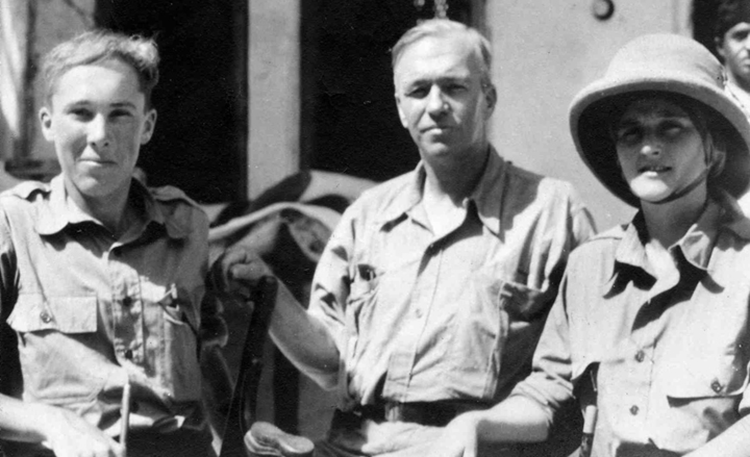
1925
King Abdul Aziz sent an American mining engineer, Karl Twitchell, to examine the potential of the discovery of oil in Saudi Arabia. Twitchell found a few encouraging signs of oil, but advised that King Abdul Aziz await the outcome of the oil drilling in Bahrain Well No.1 before inviting foreign bids for oil exploration.
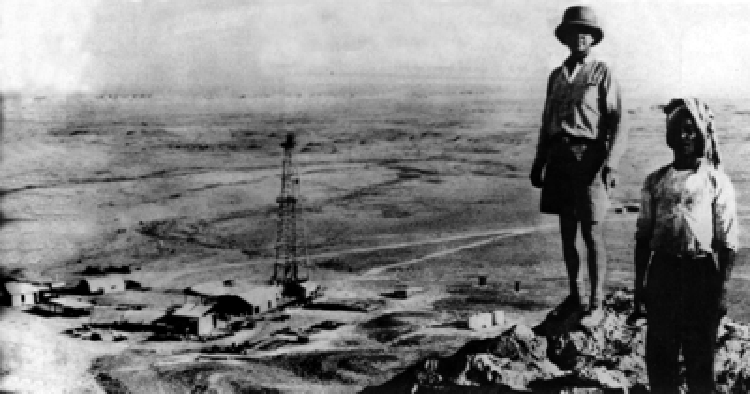
1932
The Bahrain Petroleum Company struck oil in Bahrain and this brought in a renewed interest in the hunt for oil in Arabia.

1933
SOCAL was granted the oil concession in the Eastern part of The Kingdom. Under the agreement, SOCAL had been given the exploration rights to some 930,000 square kilometers of land for 60 years.
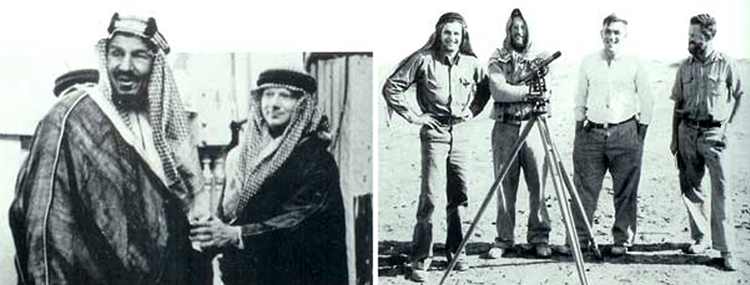
1934
A team of geologists arrive in Jubail to identify potential spots for drilling.
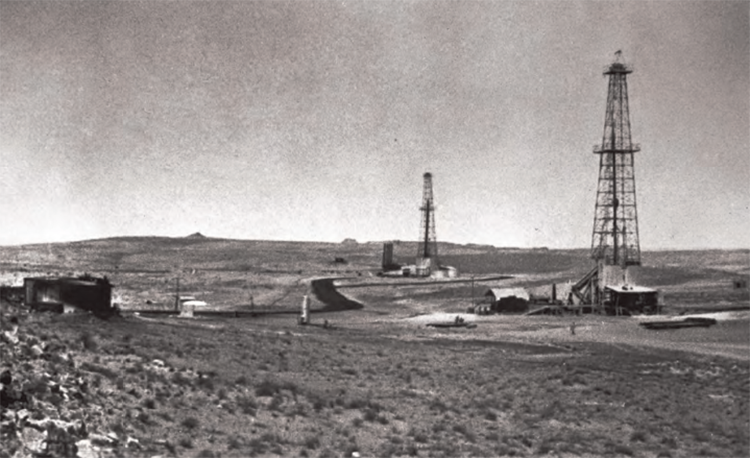
1936
Dammam Well numbers 1, 2, 3, 4, 5 and 6, all show promising signs of oil available in commercial quantities.
However, in the same year, they all failed to live up to the expectations. However, they soon start digging another well – Well Number 7.
1937
Well number 7 also disappointed, even after drilling to a depth of close to 1400 meters.

1938
Who discovered oil in saudi arabia
With disappointing results, SOCAL’s executives faced a dilemma on whether to pull the plug on the Arabian venture.
Well number 7 eventually started flowing at a rate of 1,585 barrels a day. Further testing confirmed a major oil discovery.
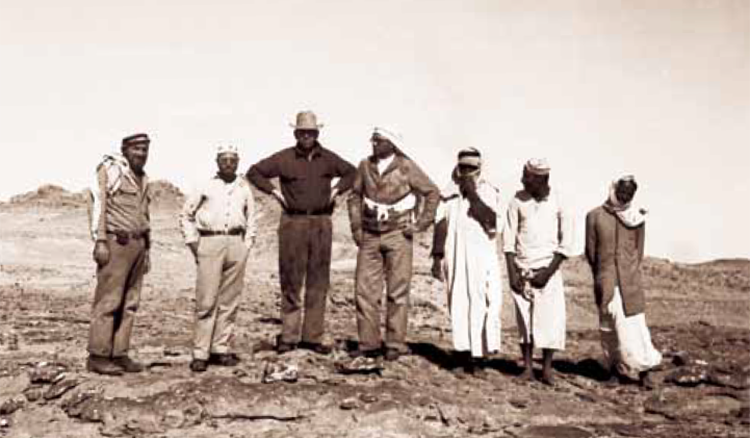
1939
Abdul Aziz turned the valve of the newly completed 69 kilometer pipeline from Dammam oil field till Ras Tanura Port and the first oil shipment was sent.
1944

The oil company’s name is changed to Aramco (Arabian American Oil Company).

1948
The Ghawar oil field, which is the largest conventional oil field in the world is discovered in the Eastern part of The Kingdom.

1950
Aramco agrees to split profits with the Saudi Government. The agreement increases the government’s revenues substantially.
Read more about: Top 10 Worldwide for Superior Digital Government!

1951
The Safaniya Oil Field is discovered, which went on to become the world’s largest offshore field.
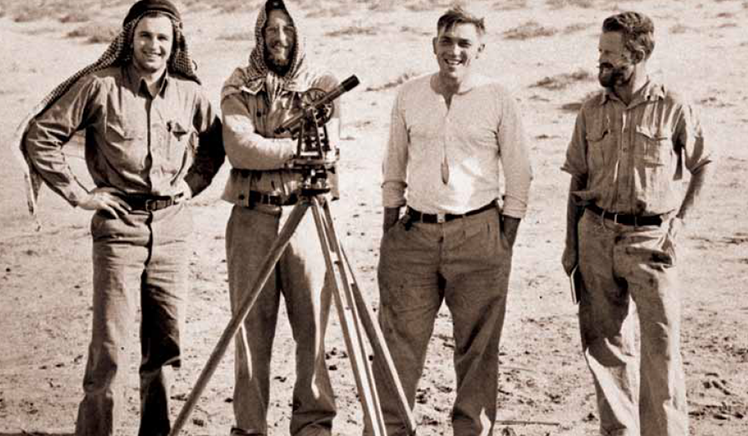
1973
The 1973 energy crisis occurs in the United States, when members of OAPEC proclaimed an oil embargo.

1974
The oil embargo is lifted and the price of oil rose from $3 per barrel to $12 per barrel.
Read more about: Saudi Arabia’s Most Prolific CEOs

1980
The Saudi government acquired a 100% stake in Aramco.

1982
After more than 45 years of pumping oil, Dammam well number 7 is taken out of service.

1999
Dammam well number 7 is renamed to prosperity well.

2015
Saudi Arabia continues to be the world’s largest exporter of crude oil. No other country even comes close. And this is a story of the discovery of oil in Saudi Arabia.










